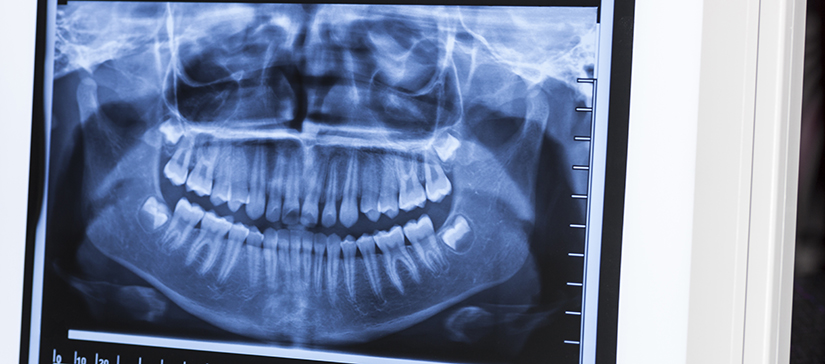
X-rays, also called radiography, provide an important tool that shows the condition
of your teeth, roots, jaw, and overall facial bone composition. X-rays can reveal
the advanced nature of periodontal disease, as well as tumors and abscesses.
There are three basic kinds of X-rays:
- Bitewings are the most conventional kind of dental X-rays and are used to spot cavities
and decay.
- Periapical X-rays are broad pictures of an entire tooth structure and are used to
spot deep tooth problems, such as impacted teeth, bone loss, and abscesses.
- Panoramic X-rays are designed to capture an entire mouth, and have been used to
spot tumors and cysts, as well as wisdom teeth.
Radiation Concerns
Patients have little reason to be concerned about the health effects of dental X-rays;
chances are you receive more radiation from sunlight in one day than one sitting
involving dental X-rays.
Exposure to radiation is extremely brief and minimal. Safety precautions such as
high-speed film minimize exposure time, and lead aprons prevent exposure to surrounding
areas of the body such as the head, neck and upper chest.